FireSmart BC Landscaping Hub
Landscaping Best Practices
In addition to picking the right fire-resistant plants, there are several cost-effective and easy landscaping practices that can make a property FireSmart.
Basic chores could save your home
From mowing your lawn to pruning trees, doing some basic yard maintenance will go a long way to reducing the sources of fuel around your property. Using the slider below, learn about the basics and best practices when it comes to FireSmart landscaping.
Or order the physical booklet version, for free, from our Resource Ordering Form.
Know Your Home Ignition Zones
FireSmart focuses on what is realistic for you to achieve in order to limit the risk of wildfire to your home. While changes within 10 metres of your home will have significant impact, it’s crucial to maintain a 1.5-metre, non-combustible zone around your entire home and any attachments such as decks. Fire embers may seem small and harmless, but the reality is that 50% of home ignitions caused by wildfires are started by embers.
To reduce the risk of ember-based ignition for your property, start by working directly on the home and then work your way outwards. Some renovations and upgrades may be costly or require a lot of time, but you can start by focusing on what is easily attainable for you and your home. Adopting FireSmart landscaping practices can make a significant difference in how and where embers from a wildland fire accumulate, potentially saving your home.
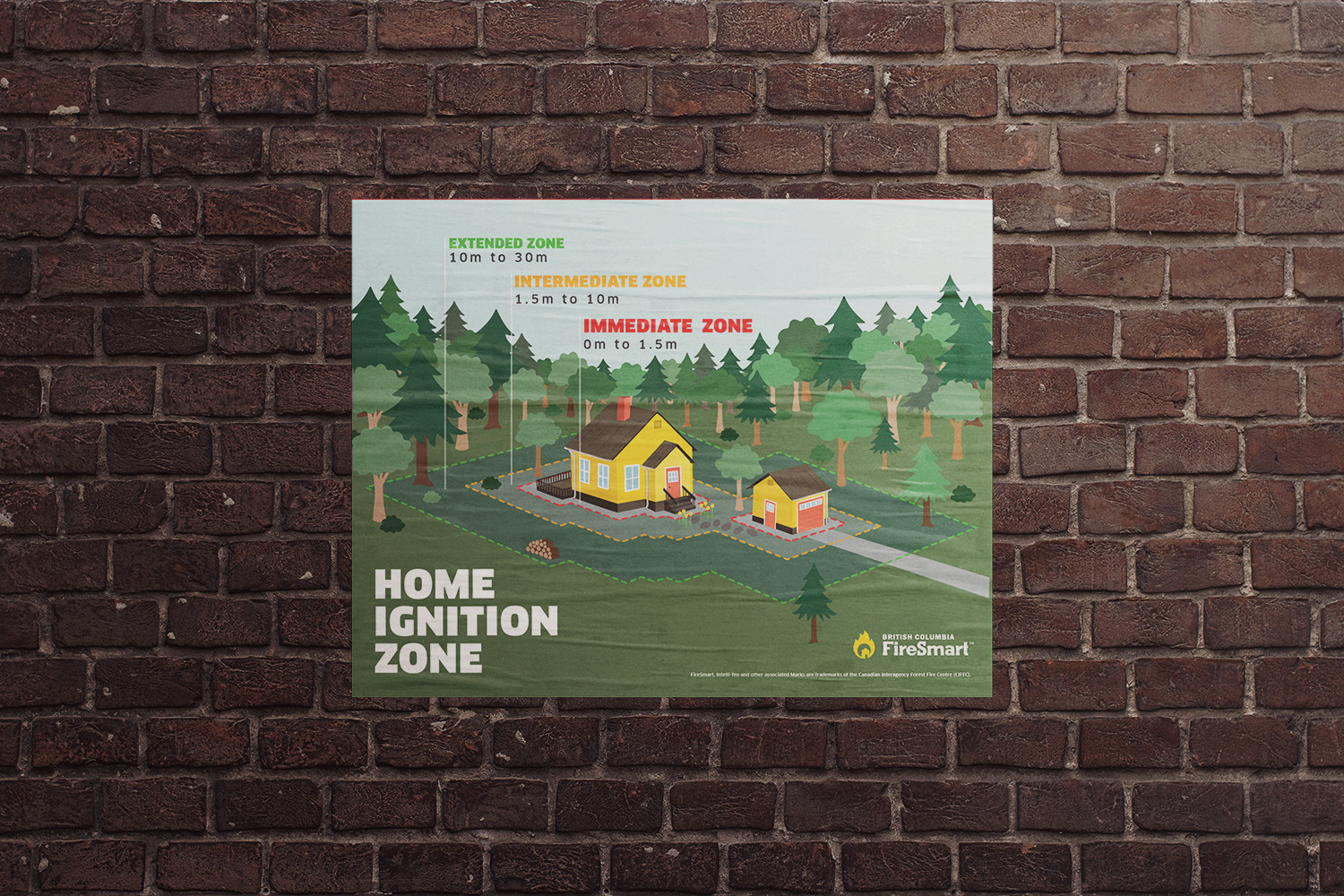
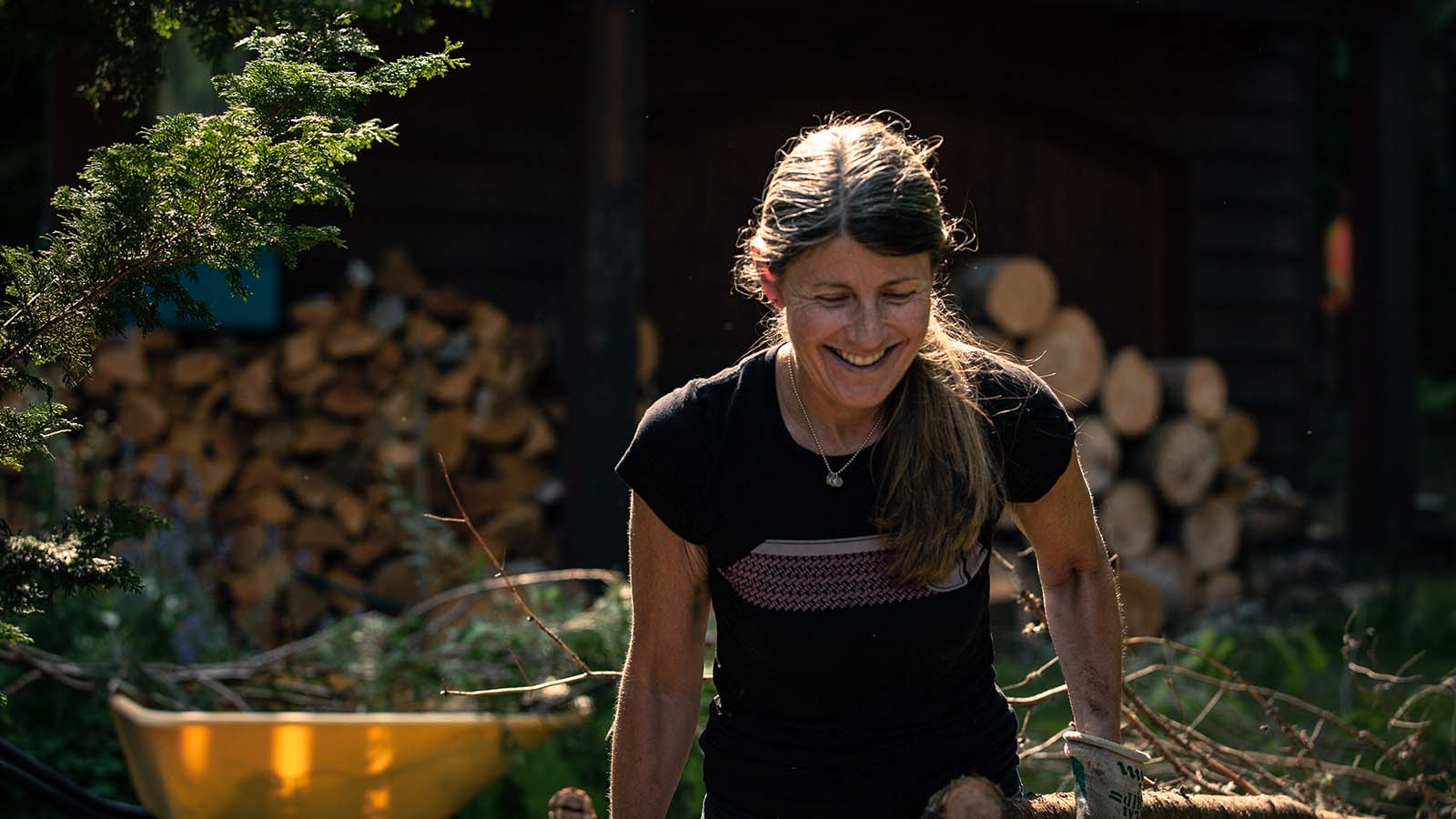
Creating a FireSmart Yard
Wildfire can follow a path from a forest or grassland to your home. FireSmarting your yard means taking small steps to:
- Slow the spread of fire by spacing out your trees.
- Increase your home’s ability to withstand wildfire by breaking the continuity of your plants.
- Make informed choices for trees, plants, shrubs, and grass.
- Reduce the number and size of spaces where embers can accumulate.
Integrating FireSmart principles and practices into your long-term landscaping plan and daily yard work routine reduces your wildfire risk.
Vertical Considerations
- A ladder fuel is a term for live or dead vegetation that allows a fire to climb up from the landscape onto buildings or into the tree canopy. Common ladder fuels include: ornamental grasses, shrubs, vines, and tree branches. Be sure to prune all tree branches that are within 2 metres of the ground.
Horizontal Considerations
- Plant trees and shrubs away from buildings to ensure branches do not touch or hang over roofs.
- Consider mature plant and tree sizes before planting.
- Space plants apart from each other instead of bunching them together.
- Use decorative rocks, stone pathways, and rock retaining walls instead of wood.
- Design ponds and streams to create fire breaks and further increase fire resilience.
Plant Selection
- Know your FireSmart Home Ignition Zones (see above).
- Choose plants from the Fire resistant plant tool.
- Select plants that meet your gardening time constraints.
- When selecting plants, consider:
- Your cold hardiness zone.
- The mature size of each plant.
- The location it will be planted in.
- Maintenance requirements.
- Water requirements.
- Sun/shade requirements.
- Native plant species.
- Lawns – A healthy lawn is an effective fuel break.
- Plant a suitable lawn for your area.
- Introduce clovers to keep the lawn green while reducing water requirements.
- Replace areas that are difficult to mow with other fire-resistant ground covers and shrubs.
- Replace sections of your lawn with hard surfaces such as decorative rocks, stone walkways, and gravel.
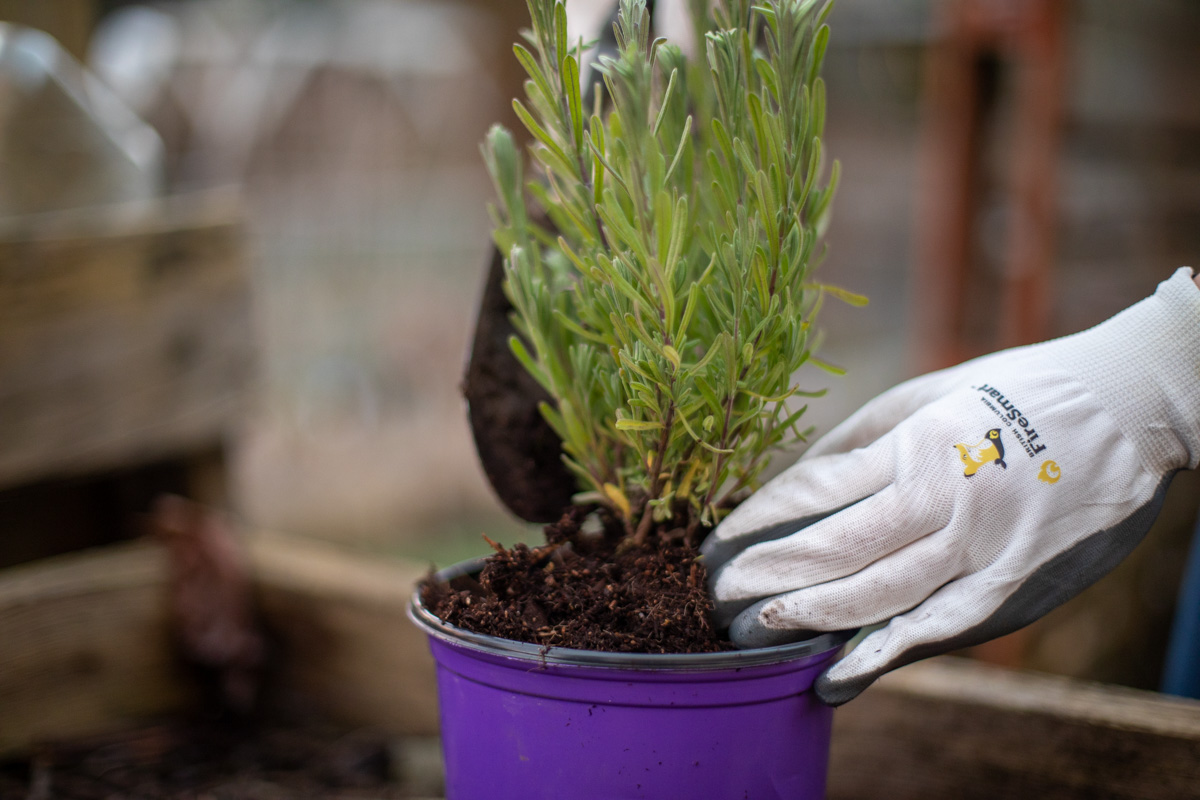
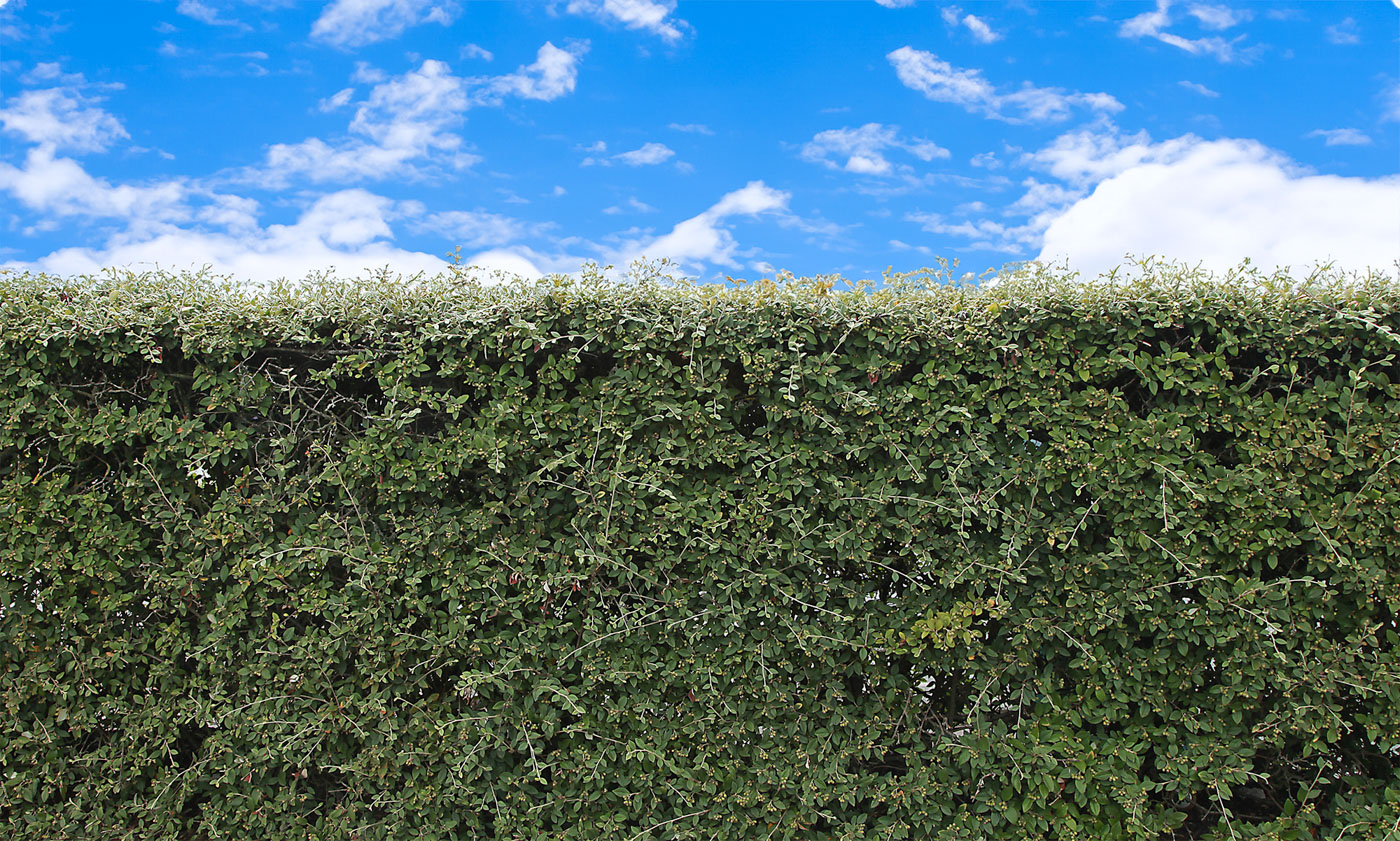
Hedges
Cedars and junipers have been used extensively to provide privacy. However, they are extremely flammable and often pose the most significant risk for ignition of homes and other structures. The good news is that there are alternatives. Although they may not all provide the exact screening characteristics of pyramid cedars and upright junipers, many will provide adequate privacy while offering ecological value and other aesthetically pleasing features.
Location is very important when planting a hedge. Even the most fire-resistant plant should be no closer than 1.5 m to a house or any structure. Click here for more information on the Home Ignition Zones.
Since it is often quite narrow between houses, fencing may be a suitable choice for privacy, but fencing poses its own fire risk. Click here for information on fencing.
Hedge notes
- Fire-resistant plants are not fire-proof. All plants will burn when exposed to enough heat.
- Be sure to locate your hedge in such a way that it doesn’t:
- become a ladder fuel – a term for vegetation that allows a fire to climb into the tree canopy
- become a path for fire to ignite a fence or building.
- The height of plants affects flame height – generally shorter plants will produce shorter flames and taller plants will produce taller flames. Remember to maintain a 1.5 metre non-combustible zone, keeping branches out of this zone and out from under roof lines.
- Some of the plants in the hedge guide will not provide screening down to the ground. For plants that have lower branches, be sure to remove dead debris to reduce risk of ember ignition.
- While there are no conifers in the hedge guide, there are broadleaf evergreens that offer all-season screening. Go to the Fire-Resistant Plants chart to check which leaf type each has.
- Be sure to consider all plant selection factors. See section 03 on this page for information on plant selection.
- Plants are healthier when left to grow in their natural shape. This has to be balanced with preventing the hedge from becoming a ladder fuel, or a path for fire to ignite a structure. When plants are shaped, they start to form dense branching which can increase fire risk due to the accumulation of dead plant material. Regular removal of this material is important for reducing risk of ember ignition.
- Landscape maintenance (including watering) is key to keeping your landscape as fire-resistant as possible. Check out the landscaping maintenance pointers in section 05 of this page.
- The hedge guide is not an exhaustive list. Not all the plants are suitable across BC. Check with your local garden centre for available varieties and cultivars.
- Please take into consideration the risk of wildfire to your individual property and follow all FireSmart landscaping best practices.
Mulches
- Bark, evergreen needles, and other plant-based mulches can be flammable and should not be used next to buildings.
- Consider using gravel and rock mulches for areas next to buildings.
- Mature compost is relatively FireSmart and considered lower risk for use in the intermediate zone. It’s also beneficial for fire-resistant plants as it helps to keep moisture in the ground and protects them from drying out or sustaining damage from frost.

Mulch Guide
When it comes to wildfire resilience, not all mulches are created equal. That’s why we created a mulch guide to make it easy for you to select fire-resistant materials for your garden and other areas around your property.
Risk colour legend
Note:
The levels of risk are based on the combined results from research regarding ignition probability, flame height, rate of spread, and temperature.
The inorganic materials noted in this guide will not burn, though combustible materials such as leaves could accumulate on the surface and ignite.
Download this as a PDF.
| Mulch materials | Home ignition zones | |||
|---|---|---|---|---|
| Immediate (0-1.5m) |
Intermediate (1.5m-10m) |
Extended (10-30m) |
||
| Inorganic | Rock, gravel, shale, stone, lava, etc. | |||
| Organic | Mature compost | |||
| Composted Bark/Wood | ||||
| Mature Bark Nuggets | ||||
| Medium Bark Mulch | ||||
| Raw Wood Chips | ||||
| Pine Needles | ||||
| Shredded Cedar | ||||
| Shredded Rubber | ||||
About the Above Organic Mulch Materials
Mature Compost
Formerly living plant materials that have decomposed to the point where they have become dark brown and crumbly. The original contents are no longer recognizable. Not typically commercially available, but instead found in a backyard compost pile.
Composted Bark/Wood
Bark and/or wood pieces that have partially decomposed and are dark in colour.
Bark Nuggets
Bark pieces that are predominantly about 2.5 cm in diameter, with a portion made up of wood chips and other unrecognizable materials.
Medium Bark Mulch
Undecomposed bark mulch pieces of varying sizes.
Raw Wood Chips
Undecomposed or freshly chipped tree pieces, often a product of arborist operations.
Pine Needles
Made up mostly of pine needles of varying lengths with a small amount of other woody debris.
Shredded Cedar
Cedar wood that has been shredded into stringy, fibrous material, with a small portion of wood chips.
Shredded Rubber
Recycled rubber that has been processed to mimic wood mulch products.
Plant Maintenance
Unhealthy or dead plants present a greater fire risk. Keep your plants healthy by:
- Watering properly.
- Pruning correctly and as required.
- Fertilizing at the right time.
- Ensuring that the tip of the root ball is flush with the grade. If it’s too deep, the roots cannot breathe. If it’s too shallow, the roots will dry out quickly.
- Placing mulch slightly away from plant stems to avoid damage and reduce the risk of disease.
Keep your lawn healthy by:
- Ensuring that your lawn gets the right amount of water to keep it green with less water use. A healthy lawn requires about 2.5 cm once or twice a week, depending on soil conditions. Be sure to follow all applicable water regulations and restrictions for your area.
- Keeping your lawn mowed to a maximum height of 10 centimetres. Too short is not recommended either as your grass will dry out quicker and have a weaker root system.
- Leaving mulched grass clippings on your lawn. The clippings are mostly water and provide about one third of your lawn’s nutrient needs.
Regularly remove dead plant materials such as whole plants, branches, and leaves from your garden and around your property.
- Do not pile dead plant materials near buildings.
- Remove fruit and seeds that may pose a fire danger when dried.
- Keep roofs and gutters clear of branches and leaves.
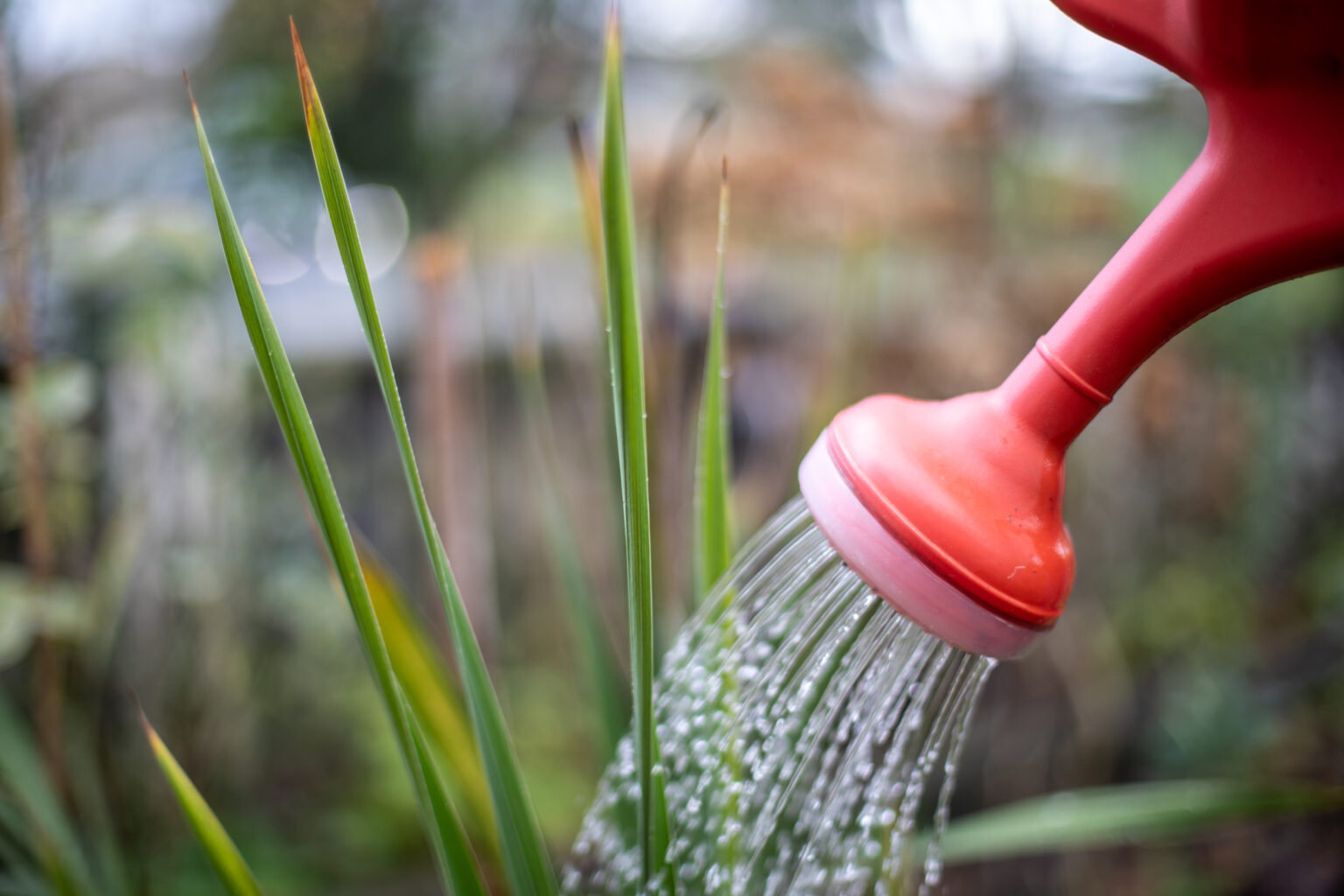
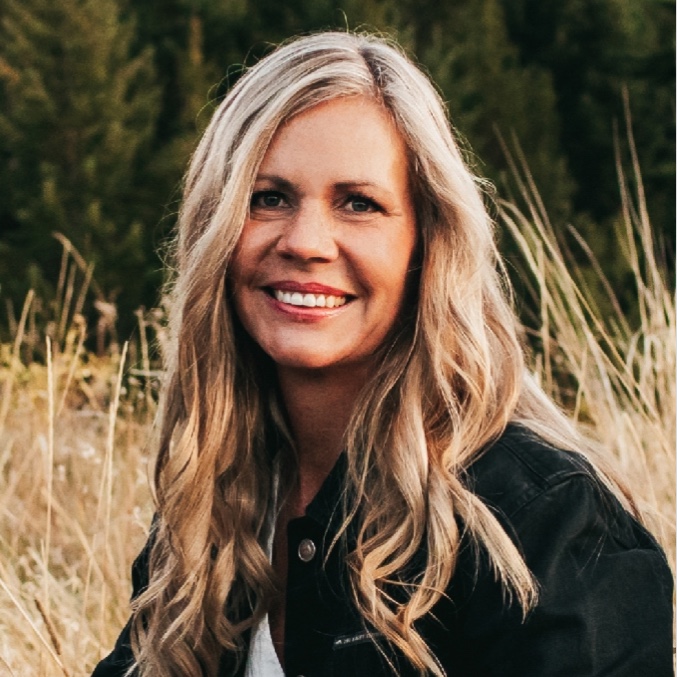
Have a question?
Do you have a question about FireSmart landscaping or fire-resistant plants? Check out our FAQ below, or ask our resident expert!
Find FireSmart plants
Use our fire-resistant plant tool to find which FireSmart plants will grow in your region. For identifying FireSmart plants at the point of purchase, learn more about the FireSmart BC Plant Program and see if a garden centre near you is participating.